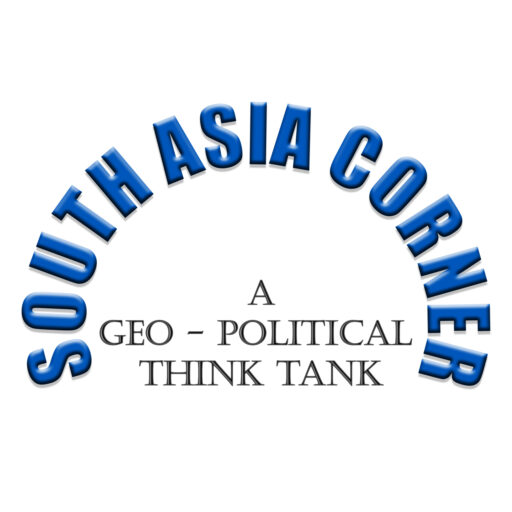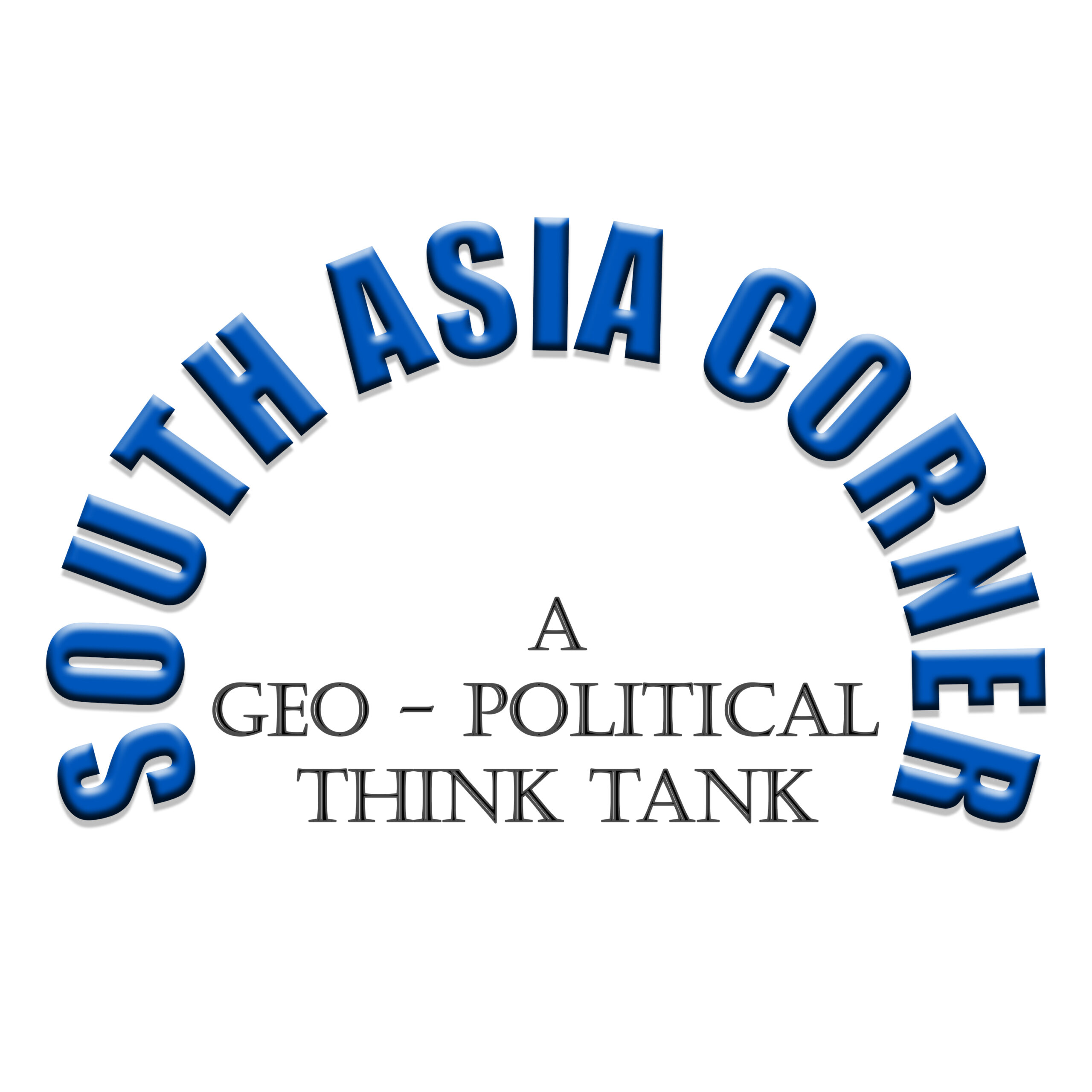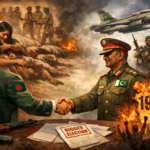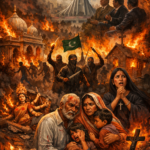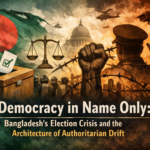In the vibrant and diverse landscape of India, elections are not just a political exercise but a grand festival of democracy. With over 600 million eligible voters, the sheer scale of the electoral process is a testament to the country’s commitment to democratic principles. This analysis delves into the dynamics of the Indian electoral system, the participatory zeal of its citizens, and how governance reaches the grassroots level, contrasting sharply with its neighbours, Pakistan and China, where electoral processes lack transparency and inclusivity.
The Spectacle of Indian Elections
Every five years, the world’s largest democracy embarks on a journey involving millions across its vast expanse. The Indian election is a spectacle of democracy in action, with voters from diverse backgrounds and regions coming together to choose their representatives. From the bustling streets of Mumbai to the serene villages in the Himalayas, the electoral process is inclusive, aiming to ensure that every eligible citizen has the opportunity to vote.
Voter Participation: A Democratic Triumph
The participation of Indian voters is a cornerstone of its democracy. In the 2019 general elections, voter turnout reached a remarkable 67.1%, reflecting the robust engagement of the populace. This engagement is crucial for a healthy democracy, ensuring the elected government represents the people’s will. Voter awareness campaigns, often spearheaded by the Election Commission of India, are pivotal in encouraging citizens to exercise their franchise.
Inclusivity in Voting
India’s electoral system is designed to be inclusive. Special provisions ensure that marginalised communities, including tribal populations, women, and the differently-abled, can participate in the voting process. Mobile polling booths are set up in remote areas, and the Election Commission has implemented measures such as Braille-enabled Electronic Voting Machines (EVMs) for visually impaired voters. This inclusivity is significant, highlighting India’s commitment to a genuinely representative democracy.
Governance at the Grassroots Level
One of the remarkable aspects of Indian democracy is its ability to ensure that governance trickles down to the grassroots level. The decentralized system of governance, facilitated by the Panchayati Raj institutions, empowers local self-governments to address the unique needs of their communities. This local governance system not only promotes accountability but also ensures that development initiatives are tailored to the specific requirements of different regions.
Panchayati Raj: Empowering Local Governance
The Panchayati Raj system, established through constitutional amendments in 1992, has revolutionised local governance in India. It provides a platform for grassroots democracy, where elected representatives from villages, intermediate, and district levels work towards regional development. This system has empowered rural populations, giving them a voice in decision-making processes that directly impact their lives. Through decentralised planning and execution, the Panchayati Raj institutions have played a crucial role in bridging the gap between the government and the governed.
Grassroots Initiatives: Case Studies
Several success stories illustrate the impact of grassroots governance in India. For instance, local self-governments have significantly facilitated the implementation of the Mahatma Gandhi National Rural Employment Guarantee Act (MGNREGA). By providing employment opportunities and infrastructure development at the village level, MGNREGA has improved livelihoods and reduced rural-urban migration. Similarly, local governance bodies have been instrumental in promoting education and healthcare initiatives, ensuring that benefits reach even the most remote areas.
Contrasts with Pakistan and China
While India’s democratic processes are a source of pride, its immediate neighbours, Pakistan and China, present a stark contrast. The electoral systems in these countries lack the transparency, inclusivity, and fairness that characterise Indian elections.
Pakistan: Democratic Deficit
In Pakistan, the democratic process has often been undermined by military interventions and political instability. Despite having an electoral system, the military’s influence and the deep state frequently overshadow the democratic process. Allegations of electoral rigging and voter intimidation are common, eroding public trust in the electoral system. The lack of a truly independent election commission further exacerbates these issues, making it difficult for democracy to thrive.
China: One-Party Rule
China, on the other hand, operates under a one-party system where the Chinese Communist Party (CCP) monopolizes political power. Elections in China are not competitive, as the CCP tightly controls candidate selection and the electoral process. The absence of free and fair polls means the Chinese populace has little say in governance. The centralized nature of the Chinese political system contrasts sharply with India’s decentralized democratic structure, where local self-governments play a pivotal role in management.
The Role of Media and Civil Society
A critical component of any democratic process is the role of media and civil society. A free and vibrant media landscape in India ensures the electorate is well-informed. Investigative journalism and news reporting are vital to exposing corruption and holding the government accountable. Civil society organisations, on the other hand, work tirelessly to promote voter education and advocate for electoral reforms.
Media: The Fourth Pillar
The Indian media, often called the fourth pillar of democracy, significantly influences the electoral process. From reporting on election campaigns to scrutinising government policies, the press ensures citizens are informed and can make educated decisions. Despite challenges such as media bias and the spread of misinformation, the overall role of the media in promoting transparency and accountability remains crucial.
Civil Society: Advocates of Democracy
Civil society organisations in India play a crucial role in enhancing the democratic process. They conduct voter awareness programmes, monitor electoral malpractices, and advocate for reforms to ensure free and fair elections. Their efforts to promoting transparency and accountability are essential for sustaining democracy.
Conclusion: The Triumph of Democracy
India’s electoral process stands as a beacon of democratic values in a region with prevalent authoritarianism and political instability. The robust participation of voters, inclusive electoral practices, and the effective functioning of local self-governments ensure that democracy thrives at all levels. While challenges remain, the resilience of India’s democratic institutions and the active engagement of its citizens are testaments to the triumph of democracy. As the world’s largest democracy, India continues to inspire nations across the globe, proving that the voice of the people is the ultimate arbiter in governance.
